Traditional Thai Puppetry: The ancient art in todays society
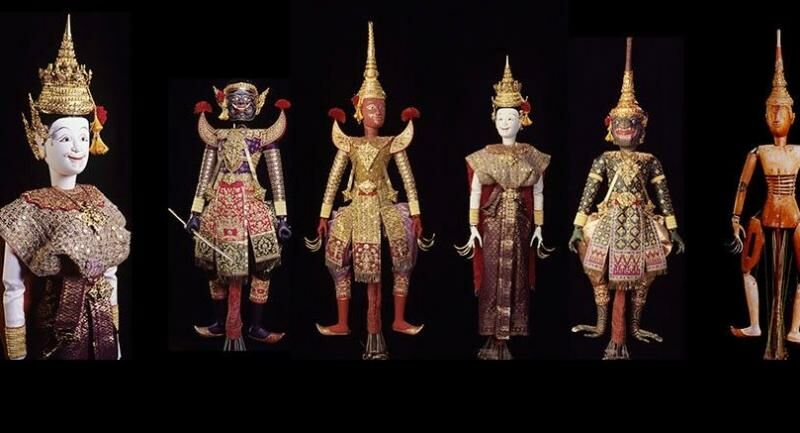
Hun lakhon lek, otherwise known as Thai puppetry, is a centuries-old and breathtaking art form that has continuously mesmerised audiences. Traditional Thai puppetry continues to enthral and delight those who are fortunate enough to witness its beauty, even if it has been gradually declining in recent decades. The following article delves into the background, categories of puppets, and locations for witnessing the captivating spectacle of Thai puppetry.
Origins and Performance Technique
Thai puppetry has a 300-year history, having first appeared in the Thai culture scene in 1685. Comparable to the Japanese bunraku puppetry, the length of each puppet is roughly less than one metre (3.2 ft). Using a rope and harness system, the puppeteers expertly control the puppets to give the impression of elegance and realistic motions on stage. This complex dance-like control system produces a very eye-catching display.
A narrator who tells tales from the Ramakien, Thailand’s version of the Hindu epic Ramayana, provides music for the performances. The puppeteers collaborate well to bring the puppets to life; they frequently have backgrounds in dance. Three puppeteers work together to coordinate motions during a performance: one is in charge of the head and left arm, another is in charge of the right arm, and the third is in charge of the puppet’s feet.
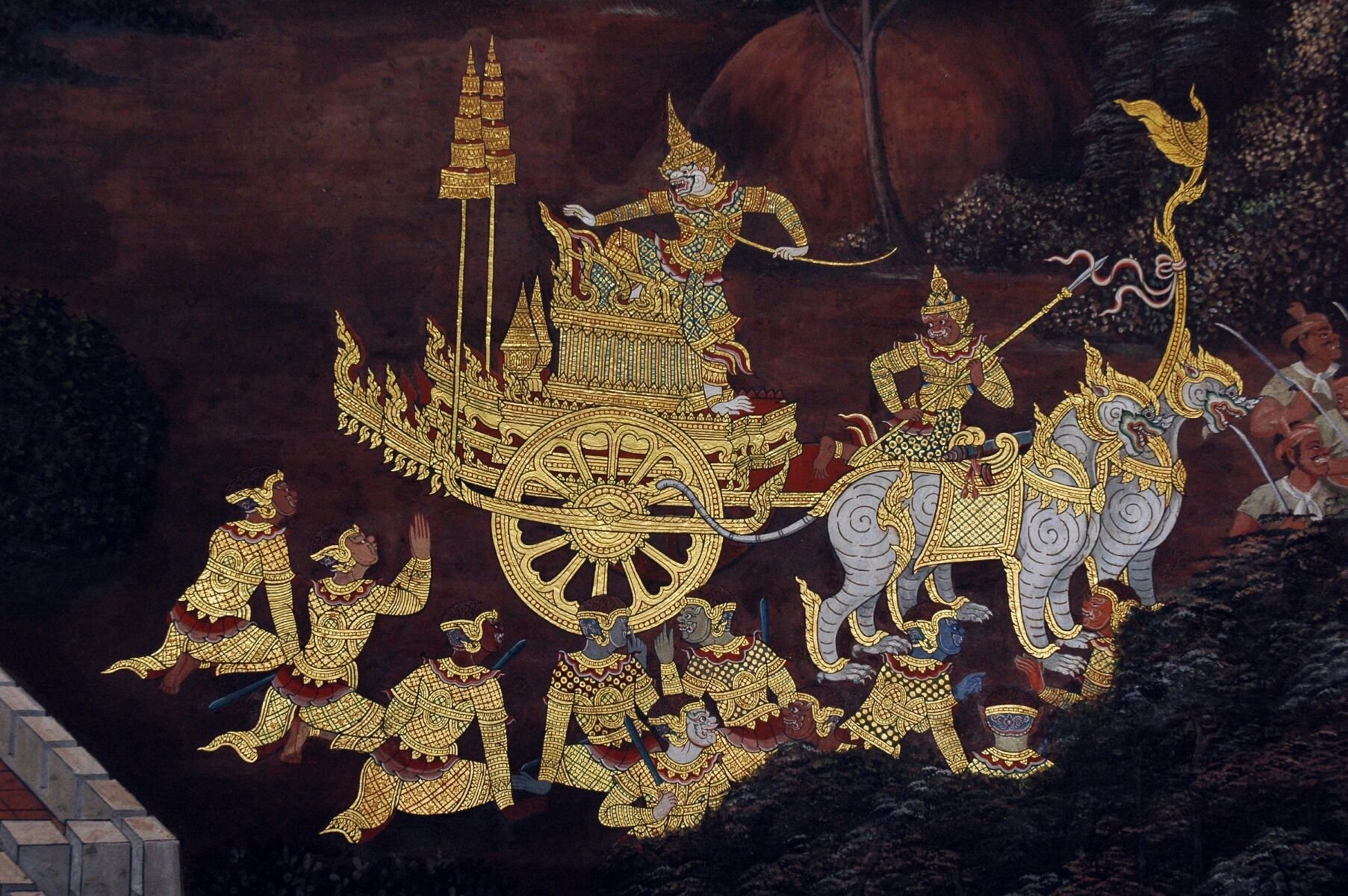
Historical Significance and decline
Thai puppetry has been quite popular throughout its history, especially when it was a royal attraction in the late 1700s under King Taksin’s reign. However, there was a noticeable drop in practice and interest during and after World War II. Thai puppetry started to disappear from the cultural landscape as a result of shifting societal influences and tastes.

Resurgence and Contemporary Practice
The Nattayasala Hun Lakhon Lek, or Joe Louis Thai Puppet Theatre, was founded in 1995, and it marked a notable comeback for traditional Thai puppetry. This innovative theatre, located in Bangkok, helped to spark a resurgence of interest in the genre. Thai puppetry is still only practised in a few locations throughout the nation, despite its fairly recent rebirth.
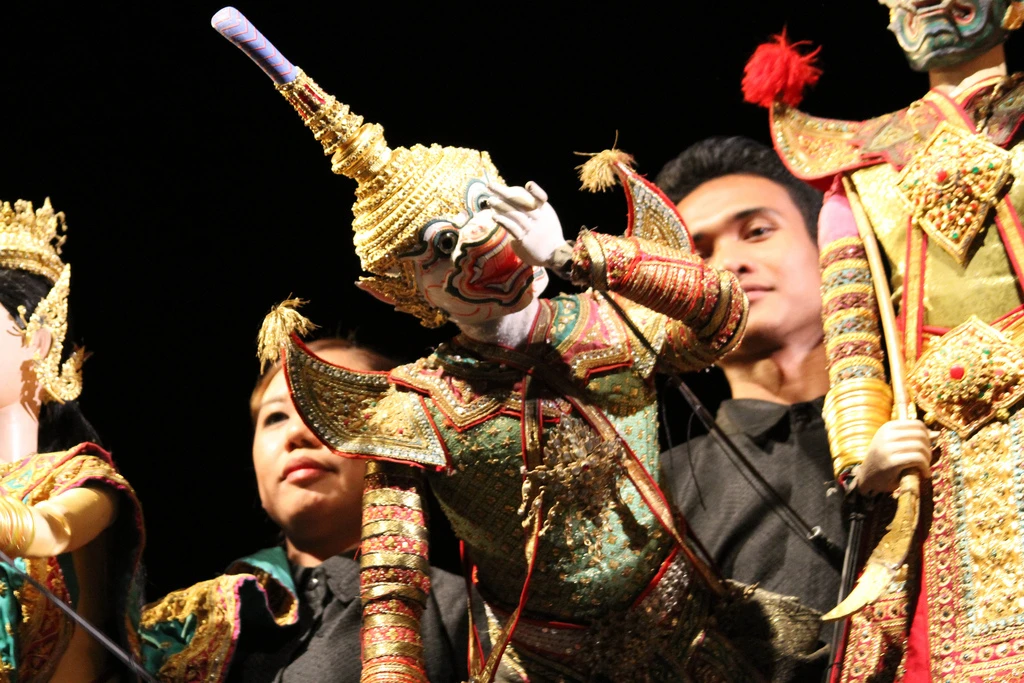
Types of Puppets
Thai puppetry features a variety of puppets, each with its special qualities. For example, the hun krabok is a puppet with half a body but no legs. On the contrary, hun luang frequently adorned events honouring the king. Rarely seen in performances, hun wang na strongly resembles the royal puppets. Lastly, Kru Krae Suppawanich made hun lakhon lek, a smaller, simpler puppet.
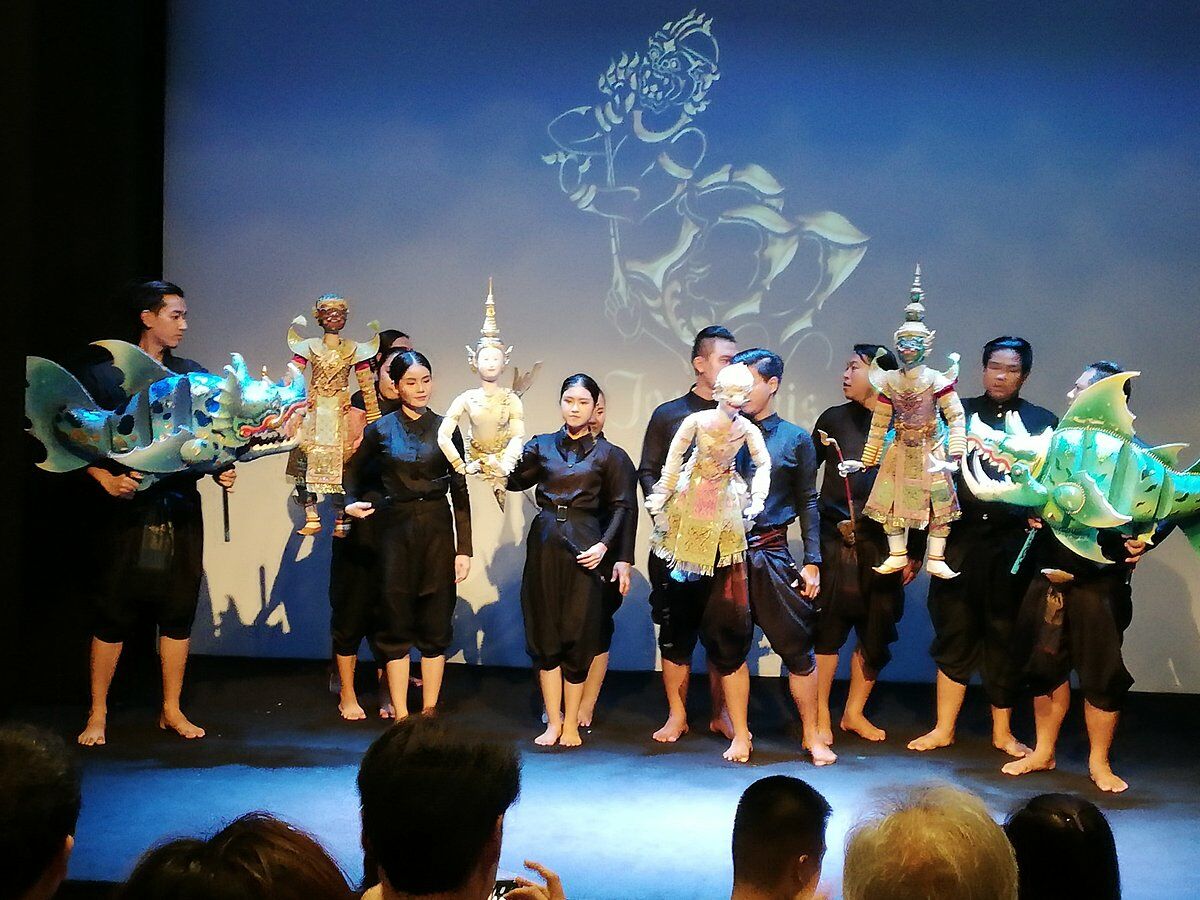
Where to Experience Thai Puppetry
Even though Thai puppetry has become less common, there are still few places where you can observe this fascinating art form. The Artist’s House, a 200-year-old structure in Thonburi, the former capital, is one such location. It is next to the Bangkok canal. Thai puppet performances are presented here every day at 2.00pm, except Wednesdays. The historic chedi, which provides a beautiful ambience to the spectacle, is the backdrop for the performance. The occasional narrator explains the act to foreign tourists, despite the show being mostly conducted in Thai.
The Joe Louis Puppet Theatre, which is situated at Asiatique the Riverfront in Bangkok, is another noteworthy location. This group, which is well-known for its lifelike puppet performances, won the coveted Best Traditional Performance Award in 2006 at the 10th World Festival of Puppet Art. With their remarkable talent and engrossing performances, the Joe Louis Puppet Theatre never fails to captivate audiences.
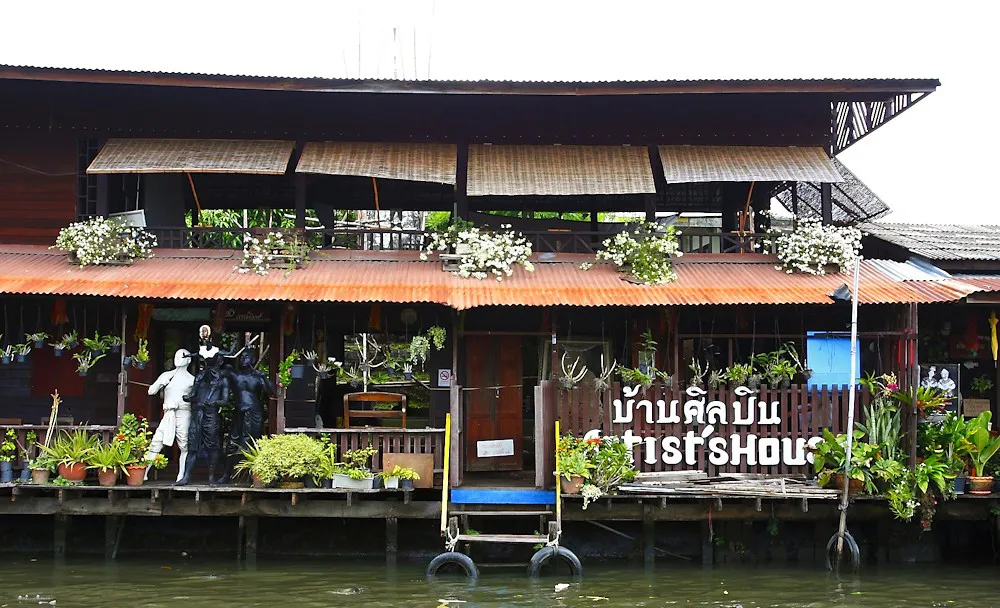
Preserving Thai Puppetry
Thai puppetry is a monument to Thailand’s rich cultural legacy in a world where contemporary alternatives are progressively displacing traditional art forms. Thai puppets captivate spectators with their graceful and exquisite performances, which are colourful and captivating. Through the experience and appreciation of Thai puppetry, tourists can help ensure that this fascinating art form continues to exist for future generations.
After experiencing a traditional Thai puppetry show you will need to check out something else to do. so why not check out 18 Must-try activities in Thailand to add to your itinerary.
Latest Thailand News
Follow The Thaiger on Google News:


























